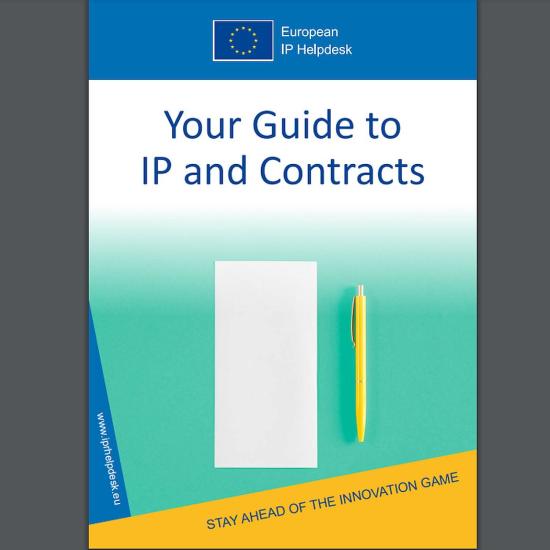Coca-Cola, Mc Donald's, Google, ... some of the world’s most successful companies realised a long time ago already, that there is immense value in keeping certain intellectual assets confidential, and that by protecting their confidentiality, they could maintain a competitive advantage on the market.
Coca-Cola’s recipe is one of the best kept secrets in the world. Developed by a pharmacist, it has been closely guarded and known only to a few employees for more than 100 years. Coca-Cola has built a successful business on it. Similarly, the formula of the WD 40 spray, the recipe of Mc Donald’s special Big Mac sauce and the Google search algorithm are closely kept secrets, as they are the lifeblood of those companies.
What is a trade secret?
A trade secret can be any information that provides a business with a competitive advantage and is kept confidential. It can cover different types of information such as processes, recipes, formulas, client databases, customer lists, manufacturing processes, marketing strategies, software source code, research data, contracts, concepts and technical knowledge.
No application or registration is required for the protection of trade secrets. However, your trade secret must meet the following three conditions:
- It must be a secret.
It means that the information is not generally known by or easily accessible to people who deal with the type of information in question. - It must be commercially valuable.
More specifically, it means that the information has commercial value because it is secret. For example, the recipes for all types of product, such as drinks, food or paint. - You must have taken reasonable steps to maintain the confidentiality of your trade secret.
The Belgian Law of 30 July 2018 on the protection of trade secrets, which transposes a European directive, provides a legal framework to protect trade secrets. Thanks to this European directive, a similar level of protection covers the entire European Union.
How do I protect my trade secret?
Protecting a trade secret is easy. Unlike patents, trademarks or designs, trade secrets are not registered nor granted. One of the conditions for protection of trade secrets is to have taken reasonable steps to maintain the confidentiality.
Concrete steps:
- Identify and document your trade secret. Which information is confidential an valuable to your business?
- Mark your confidential information as “confidential“ or “trade secret”.
- Implement security measures:
- Physical protection through limiting access to sensitive areas, sage and secured archives, …
- Digital security measures such as password protection, encryption or a security system.
- Limit access to a the confidential information on a “need to know” basis.
- Use non-disclosure agreements with anyone who has access to your trade secret. This includes, partners, suppliers, employees, contactors, …
- Storage your trade secrets in a digital safe such as BOIP’s i-DEPOT.
Choosing between trade secrets and other intellectual property rights?
Choosing to protect your invention by a trade secrets or other intellectual property rights such as patents or design, requires careful consideration.
In general, trade secret protection can be used if:
- the information can be kept secret for over 20 years (i.e. the period of protection of a patent) and if others are not likely to independently develop the same information in a legitimate way.
- the secret cannot easily be revealed by taking apart the product (reverse engineering), the product has a short commercial life or if it relates to a manufacturing process.
- obtaining patent rights is not possible or considered too expensive.
One should be aware that the safeguards of patents are considerably stronger. Trade secrets owners are only protected against improper use such as theft, industrial espionage, breaching an NDA, fraud. There is no protection if the same information is acquired through independent development, reverse engineering, leakage or if it becomes generally known in another way. In addition, trade secrets are not a monopoly right like a patent. For example, if two companies independently create an invention that qualifies for trade secret protection, both will have trade secret rights on the same information, until one or both of them publish the information. Further, a trade secret may be patented by someone else who developed the invention by legitimate means, for example independently. The initial trade secret owner can thus be faced with a patent on its invention.
While patents and trade secret may be perceived as alternative means of protecting inventions, they are often complementary to each other. Trade secret law often complements patent law in earlier stages of the innovation process by allowing inventors to work on their ideas until they become a patentable invention. Moreover, valuable know-how on how to exploit a patented invention is often kept as a trade secret.
At your service
Would you like to know more on how to protect your trade secrets and innovations? You can get assistance from our IP experts. Both SMEs and large companies from all sectors of the technology industry can seek Sirris's help with IP questions or problems. Our services range from providing short simple advice to developing and supporting innovation processes. In addition, Sirris's experts also specialise in looking up information on IP and how to use IP databases to extract information on techniques, competitors or markets.





